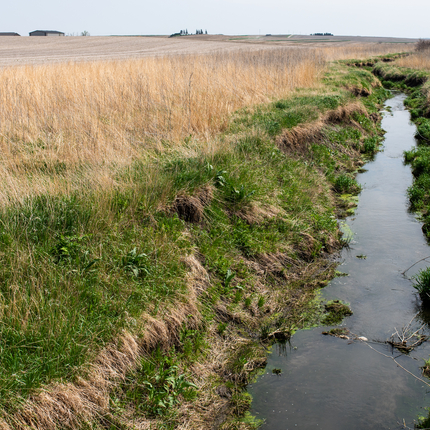Federal working lands conservation programs play a significant role in a producer’s efforts to care for natural resources. Both the Environmental Quality Incentives Program (EQIP) and the Conservation Stewardship Program (CSP) are designed to target specific priority resource concerns, ensuring the conservation work done by farmers and ranchers has an impact where it’s needed most.
Priority resource concerns are tied to categories of natural resources–soil, water, air, plants, and animals. Each year, the U.S. Department of Agriculture determines 17 priority resource concerns, which are passed down to state and regional levels for further prioritization. This flexibility ensures different conservation strategies can be implemented across diverse geographic landscapes.
For example, Nebraska currently prioritizes wind and water erosion, degraded plant condition, and pest pressure, among others. The focus areas are determined by the State Technical Committee, which serves as an advisory committee to the Natural Resources Conservation Service (NRCS) on the implementation of federal conservation programs.
For farmers and ranchers, a knowledge of priority resource concerns isn’t necessary to apply for EQIP or CSP; however, a general understanding can help them set strategic conservation goals to make their application more competitive. To qualify for CSP, producers must have enough existing conservation to satisfy at least two state or regional priority resource concerns, so being familiar with the terms can help gauge initial eligibility.
For more information on priority resource concerns and working lands conservation programs, contact your local NRCS office.





